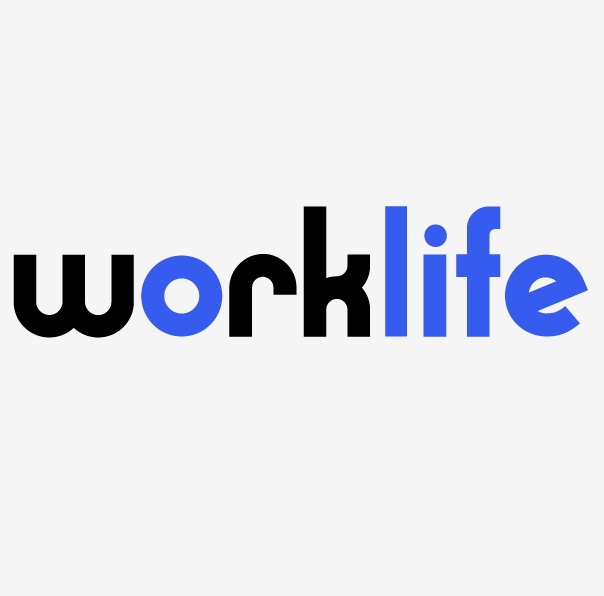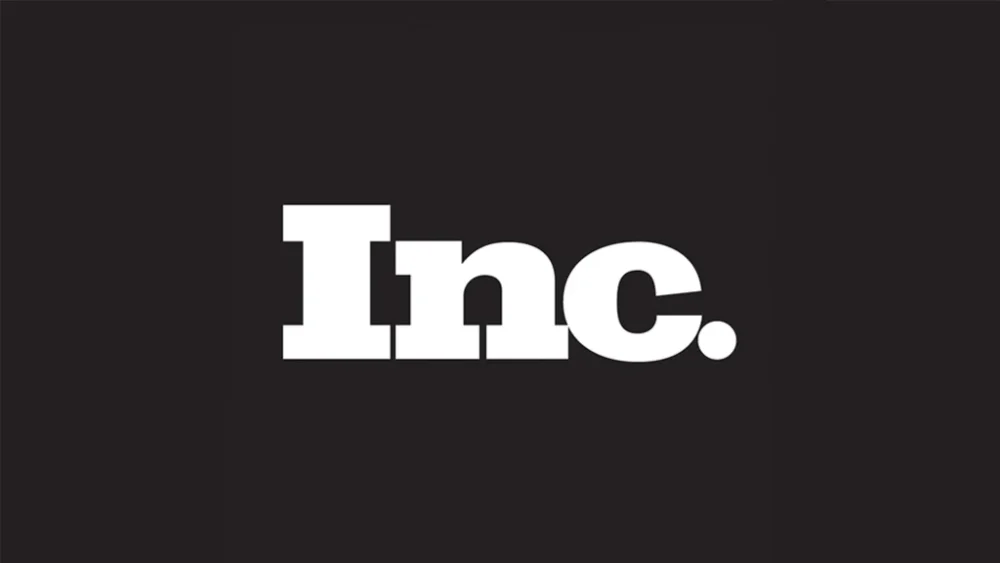For the first time in history, the American workplace has four generations working under one roof. Although the dates that demarcate each generation vary depending on the source, the consensus is that the workforce currently consists of Baby Boomers (1946-1964), Generation Xers (1965-1976), Millennials (1977-1995) and now Generation Zers (1996-?).
Managing a diverse workforce has always been a challenge. But the “generation gap” used to be far narrower than the one faced by employers today–who have 70 and 80 year olds working with 20 and 30 year olds and everyone in between. There is a lot we don’t yet know about how this multi-generational workforce will turn out. Here is what we do know.
Communication is a major issue. Boomers and most Gen Xers prefer in-person meetings, the telephone (meaning landline or cell) and email, which we thought was the fastest we could ever communicate (farewell fax machine). Millennials think email is too slow (and dangerous if you have a personal server) and prefer texts or instant messaging. Many employers now have internal instant messaging systems. Gen Zers have yet to weigh in on their preference (telepathy?). One thing we do know for sure is that failure to communicate effectively will lead to friction among the generations, which will be bad for business. Clear protocols accommodating these differences will be critical for future success and to avoid conflict. Be sure to print, email, text, post to the intranet and teleport the policy to all interested parties.
While there are 80 million living Boomers and 32 million workers over 55 years old in the U.S. workforce today, Millennials comprise the largest single group. Employers now feel the impact of that generation’s demands for work-life balance and are responding to it. A recent E&Y study cited “flexibility” as the number one reason Millennials quit jobs or forgo promotions. As a result, more paid time off is becoming the norm. Many employers are also eliminating the distinctions between sick, personal and vacation time, opting for “Paid Time Off” (do what you want with it) in order to accommodate employees’ demands for flexibility. Some employers have even instituted unlimited paid time off policies (which so far have resulted in less time off being taken than in years prior to the policy—go figure). Parental leave and work from home policies are also being overhauled to address Millennials’ insistence on the need for family time.
Among the unknown dynamics in this crowded workplace will be its impact on younger workers’ lack of room for upward mobility because Boomers are not retiring. Earlier generations had the certainty of 65 year olds retiring and making room for their ascendency to more responsibility and higher incomes. A logjam at the top may fuel frustration and resentment. Then again, maybe the Millennials are not in such a hurry to be in charge. That might help. Time will tell.









